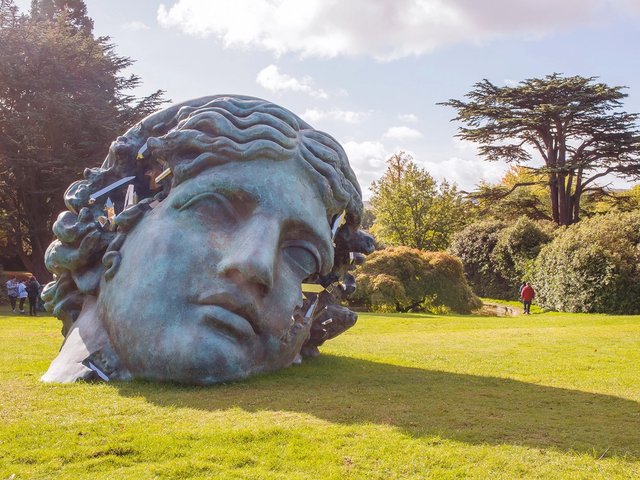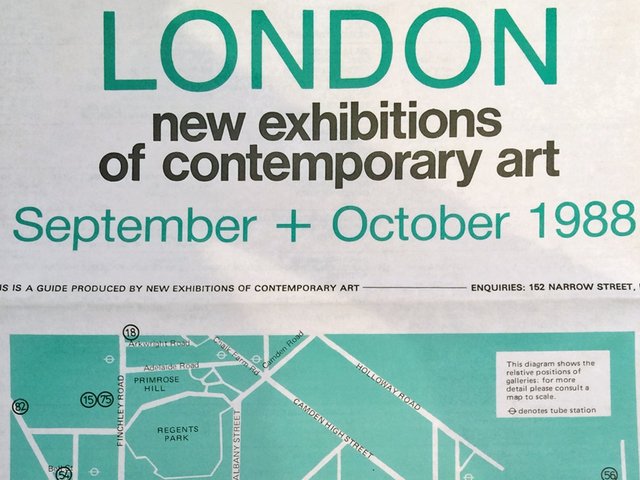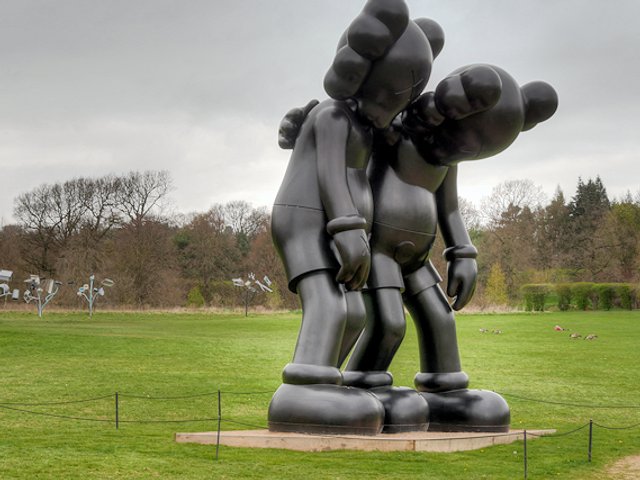Cultural booms don’t happen in a vacuum, and Tate Modern’s runaway success is no exception to the rule. When the museum opened in 2000, London’s status as a financial centre in the midst of an economic boom was at its zenith.
Having breezed through concerns that the “Y2K bug” would crash the increasingly automated trading systems at the turn of the century, business in London had never been better. In 2000, mergers and acquisitions—the mega-deals that made millions of pounds overnight for their associated lawyers and bankers, as well as management and shareholders—hit their peak.
Such exuberance was made possible in 1986, when the Big Bang deregulation, pushed through by Margaret Thatcher, then the prime minister, enabled free market capitalism to thrive. The London Stock Exchange opened up fully to outside shareholders, electronic trading began to take off and market activity through the capital increased dramatically. In the 1990s, London was the top European financial centre (by volume), and it was ahead of New York and Tokyo come 2000. There was an almost unchallenged belief in wealth’s trickle-down effect as hospitals, schools—and cultural institutions—seemingly benefited in tandem.
The politics of Tony Blair, the prime minister between 1997 and 2007, exacerbated the effect. Blair’s “third-way” Labour government sought to woo the financial community, and many of his economic policies contributed to London’s status as a haven for the super-rich. Cool Britannia had morphed into Big Bucks Britain. The combination of newly acquired wealth, conspicuous consumption, a short-term mindset, an egotistical society and decent enough home-grown art proved the perfect environment for a temple to contemporary art—and its market—to be constructed.
Underpinning art’s new status among the wealthy was the notion that it was a good investment. As much of the money in the art market came from London’s financial community, it seemed possible to apply the same techniques to art as to other commodities. Alternative investments, with tax advantages, were all the rage: private equity instead of public shares, real estate investment trusts instead of property, art instead of gold.
The rest is well-documented history. In the end, “irrational exuberance”—a term coined in 1986 by Alan Greenspan, the chairman of the US Federal Reserve—proved indeed irrational. But this came after the fashion for high-octane contemporary art began to gather its seemingly unstoppable momentum. The inevitable result, whether for the economy as a whole, the art market or the UK’s museums, was the “best versus the rest”, and Tate found itself on the right side of this equation.
A limited number of contemporary artists now have institutional and market recognition; a shrinking number of cities are the centres for art’s trade; and a handful of public institutions, largely in the UK’s capital, receive the most financial and critical attention. That is not to say that Tate Modern, with its Turbine Hall, thematic displays and impressive private support programme, was not ahead of the curve. Just that the seeds of its vision were sown elsewhere.




